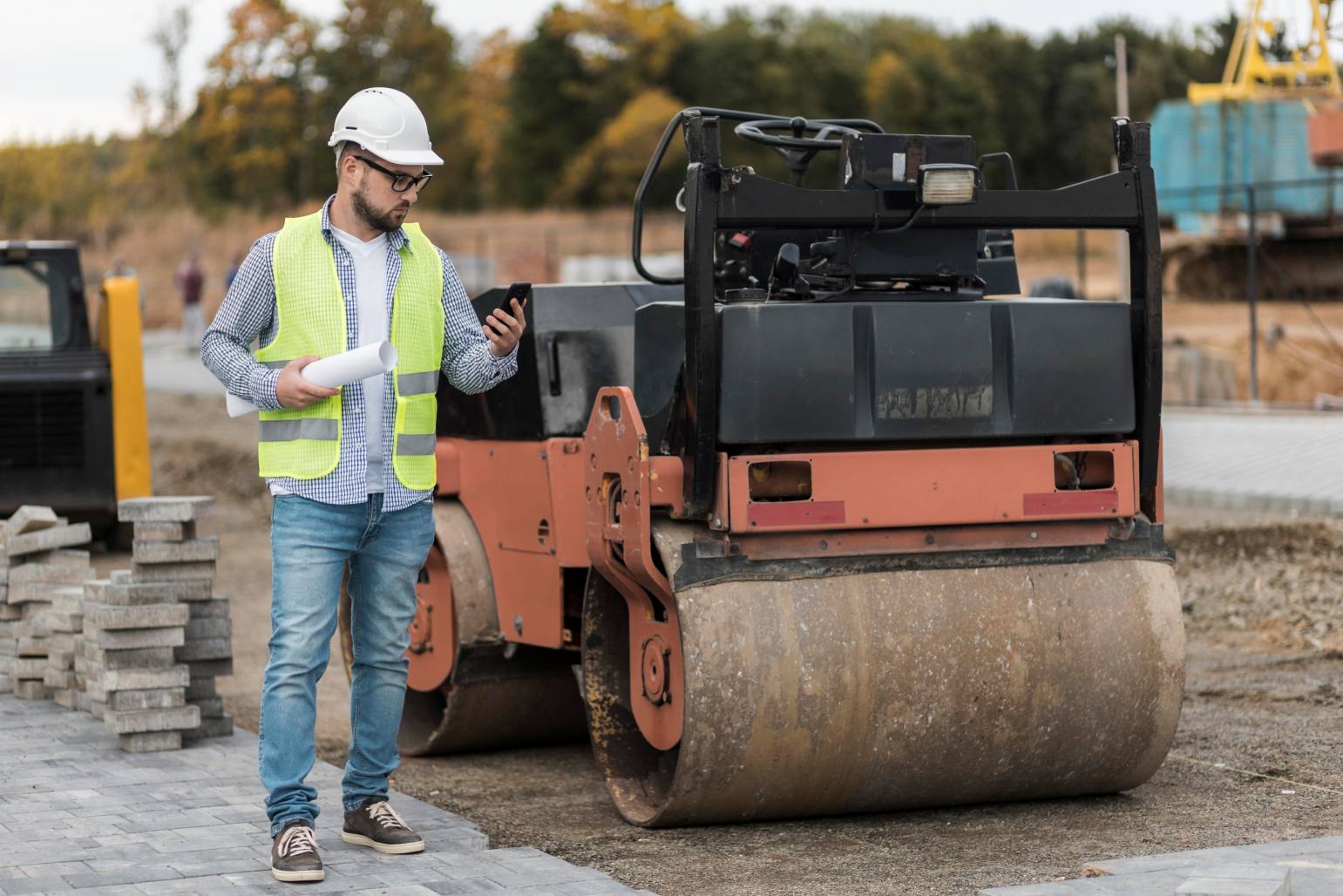Holen Sie sich die neuesten Produktinformationen und Angebotsinformationen
I. Einleitung: So verlängern Sie die Lebensdauer und steigern die Leistung Ihrer Verdichtungsgeräte
Walzen sind unverzichtbare Arbeitstiere im Straßenbau, auf Flughafenpisten, im Fundamentbau und bei kommunalen Bauprojekten und bewältigen hochintensive Verdichtungsaufgaben. Sie arbeiten häufig unter hoher Belastung und sind oft widrigen Bedingungen wie Staub, hohen Temperaturen oder Feuchtigkeit ausgesetzt.
Diese Kombination aus häufigem Betrieb und rauen Umgebungsbedingungen führt dazu, dass Verdichter ohne wissenschaftliche Wartung und korrekte Bedienung sehr anfällig für vorzeitigen Verschleiß, Leistungsverschlechterung oder größere Ausfälle sind.

II. Die wichtigsten Verschleißpunkte Ihres Verdichters verstehen
Für eine effektive Wartung Ihres Verdichters müssen Sie zunächst seine wichtigsten Komponenten und die gängigen Verschleißteile kennen:
Kernsysteme: Das Vibrationssystem, die Trommel, das Hydrauliksystem und der Motor.
Die Verschleißpunkte variieren je nach Betriebsbedingungen:
Schwerpunkt: Die Einführung eines regelmäßigen Inspektionsplans, der sich speziell auf diese Kernkomponenten konzentriert, ermöglicht es den Betreibern, potenzielle Probleme frühzeitig zu erkennen und zu verhindern, dass sich kleinere Fehler zu kostspieligen Ausfällen ausweiten.
III. Checkliste für die tägliche Wartung
1. Reinigung und Inspektion
2. Schmierung und Wartung
3.Geplante Wartungszyklen
Wartungszyklus | Empfohlene Prüfpunkte |
Täglich | Prüfen Sie alle Flüssigkeitsstände, Trommelabstreifer, Armaturenbrettanzeigen und Befestigungselemente. |
Wöchentlich | Überprüfen Sie die Schmierung der Lager des Vibrationssystems, den Reifendruck (falls zutreffend) und reinigen Sie den Luftfilter. |
Monatlich/250 Stunden | Motoröl und Ölfilter wechseln, Hydrauliksystemdruck und Flüssigkeitsreinheit prüfen. |
Wichtiger Hinweis: Die regelmäßige professionelle Überprüfung des Vibrationssystems und der elektrischen Anlage hilft, versteckte Schäden aufzudecken, die mit bloßem Auge nicht sichtbar sind.
IV. Die Bedeutung korrekter Arbeitsgewohnheiten
Gute Betriebsgewohnheiten tragen mehr zur Langlebigkeit einer Maschine bei als häufige Reparaturen.

V. Arbeitsumgebung und Lagerbedingungen
Die Umgebung, in der die Geräte verwendet und gelagert werden, beeinflusst auch direkt ihre Lebensdauer:

Fazit: Mit der richtigen Pflege kann die Lebenserwartung verdoppelt werden.
Die wichtigsten Prinzipien zur Verlängerung der Lebensdauer Ihrer Verdichter lassen sich in vier Kernelemente zusammenfassen: Wissenschaftliche Wartung, korrekte Bedienung, optimale Umgebungsbedingungen und hochwertige Ersatzteile. Die Priorisierung des Lebenszyklusmanagements von Anlagen gewährleistet nicht nur die Projektqualität, sondern ist auch eine entscheidende Strategie für Unternehmen, um Kosten zu kontrollieren und eine nachhaltige Entwicklung zu erreichen.
Die Wachstumswelle in den Schwellenländern hat begonnen, und die Hersteller von Baumaschinen müssen sich auf intelligente, umweltfreundliche Komplettlösungen konzentrieren, um sich im neuen globalen Umfeld einen Wettbewerbsvorteil zu sichern.
Entdecken Sie die gesamte Produktpalette an Verdichtern und den Kundendienst von LTMG, damit Ihre Maschinen länger und leistungsstärker laufen.“